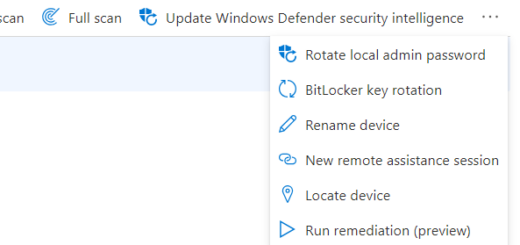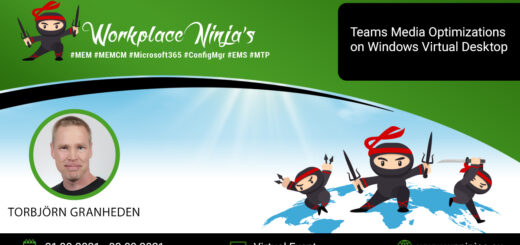Teams Media Optimizations on Windows Virtual Desktop – Now it works!
Does Microsoft Teams really work on Windows Virtual Desktop? I had a session on this topic on WVDTechFest during spring. But when building and testing the media optimization for this session, I was quite disappointed. Now there has been some updates to the components involved. So lets try it again!
Now that remote working is a high priority and Teams has become more or less a standard for meetings and collaboration, the Teams media optimization in WVD just has to work.
What is Teams media optimizations for WVD?
Microsoft has built an internal channel for media between the Teams client in WVD and the Msrdc client in local Windows 10. This channel gives the possibility to bypass the roundtrip that occur when using video and sound in Teams on WVD. Instead of sending the camera images with msrdc to the wvd, in to teams, over to Microsoft Teams cloud. You can send it directly from msrdc client to the remote caller (if you are in a Call).
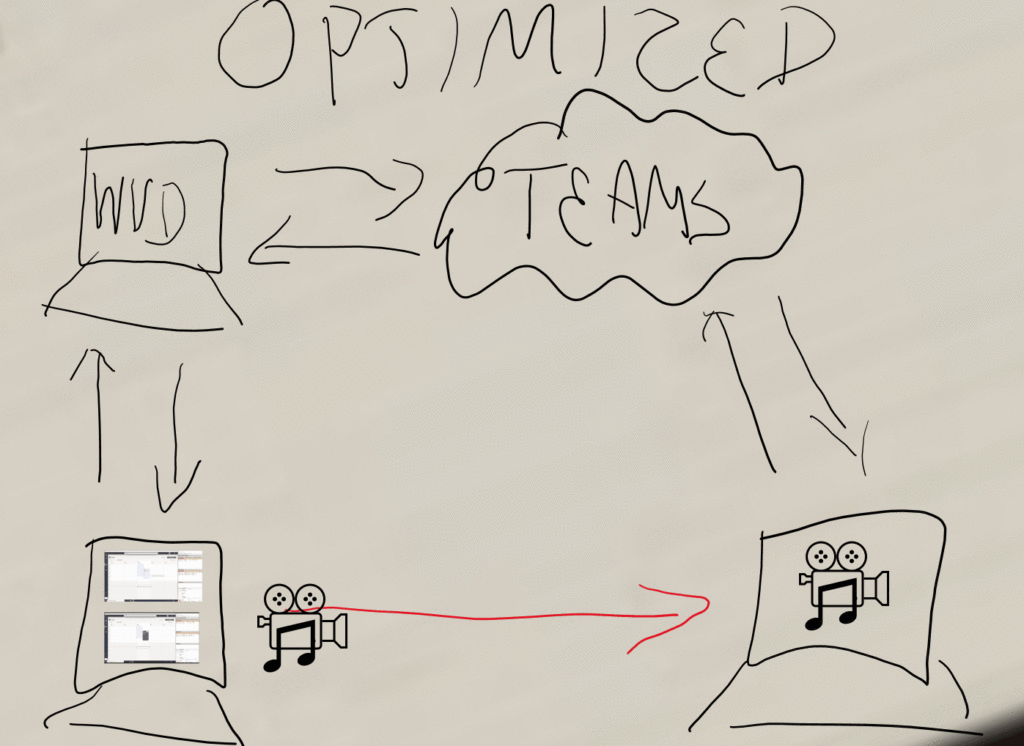
If you start a meeting with many participants, the traffic will not be directly towards the other remote hosts. But the media will go directly towards the Teams cloud and then distributed to all participants.
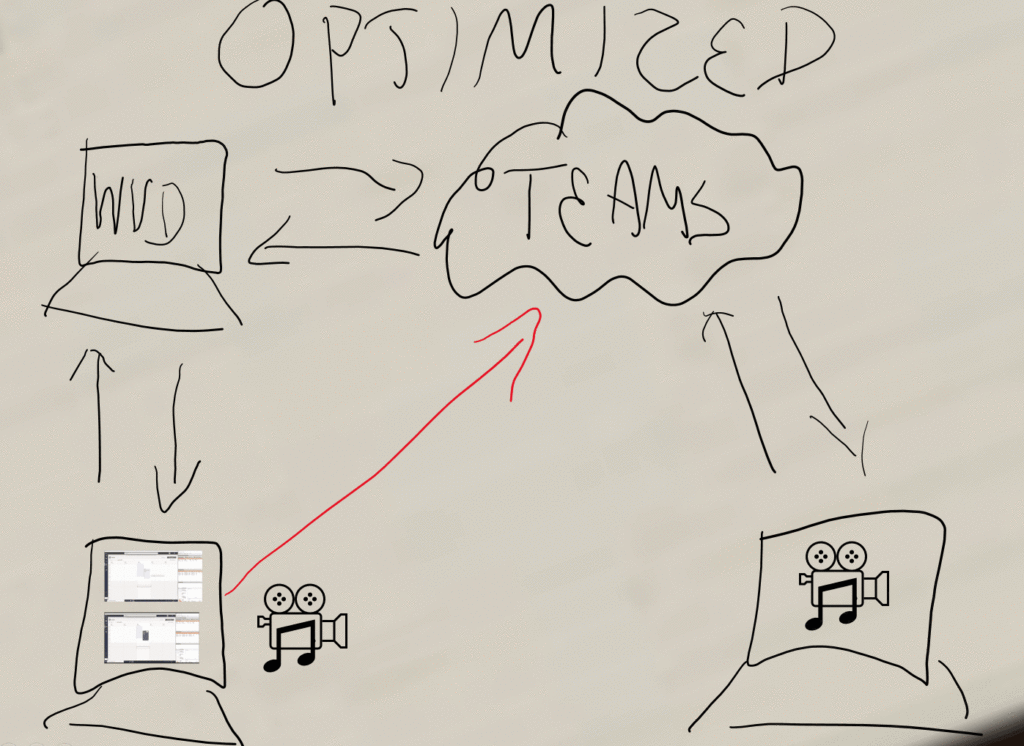
An important thing to note is that the return channel will always be the Teams client in the WVD.
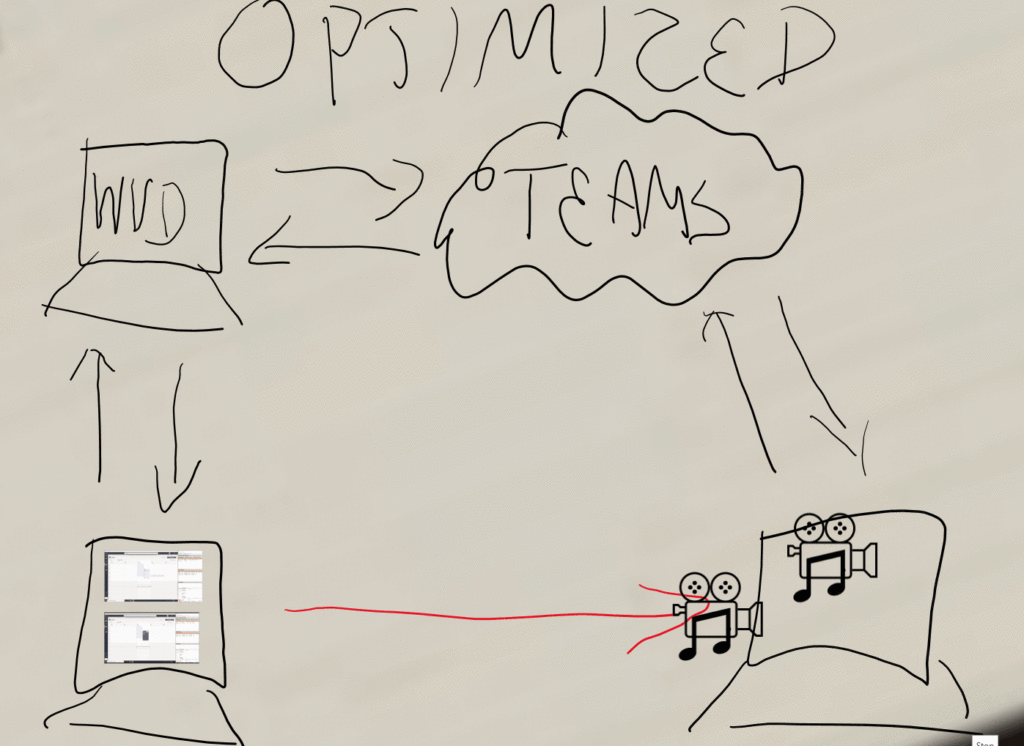
So the media optimization will mostly optimize your own media transmission. The receiving will how ever be offloaded from the sending witch will give some optimization in itself.
There are three components working together in this process. First the Teams client process that handles all the media signals for the call or meeting. Teams is then using a the Remote Desktop WebRTC Redirector Service (aka Teams WebSocket Service) to make it possible to redirect media traffic that is better suited to exit from the local machine rather than the WVD. Finally the Remote desktop client (msrdc) that redirects media traffic directly towards remote call partners or Teams cloud.
How to install Teams on WVD with Media Optimization
First, open the docs page about installing Teams on WVD to verify that nothing has changed lately. Use Microsoft Teams on Windows Virtual Desktop. The process is otherwise not that complex:
- Add regkey IsWVDEnvironment Dword = 1 under HKEY_LOCAL_MACHINE\SOFTWARE\Microsoft\Teams
- Install Visual C++ (Not always necessary, but why not)
- Install Teams Websocket service
- Install Teams Machine Wide Installer with:
msiexec /i Teams_windows_x64.msi ALLUSER=1 ALLUSERS=1
(ALLUSER=1 is important, it makes it optimized for VDI)
To redirect audio and video devices correctly you also need to add three RDP client properties. This can be done in Azure portal on your host pool.
- audiocapturemode:i:1 enables audio capture from the local device and redirects audio applications in the remote session.
- audiomode:i:0 plays audio on the local computer.
- camerastoredirect:s:* redirects all cameras

Finally you can also configure Fallback. If a client is unable to use Media Optimizatons, what will happen. I have not found any use for this yet, but who knows. This can be done both on computer level or for specific users by regkey.
- 0 – Fallback mode is enabled (Default when missing)
- 1 – Disable fallback mode
- 2 – Enable audio only

Verify Installation
To verify that media optimization is enabled, you open up Teams av verify version:
- Restart the Teams application.
- Select your user profile image, then select About.
- Select Version.
- If media optimizations loaded, the banner will show you WVD Media optimized.

How good is it?
So how did we do this time? Teams media optimization is still a great benefit for users that make Calls to each other, and if they reside on the same LAN it is terrific! But last time the meetings had poor or really bad performance with some issues. Microsoft has really listen and fixed the reported issues. So this time it really works!
I was so confident I ran our last Sweden Windows Virtual Desktop Meetup from the WVD.
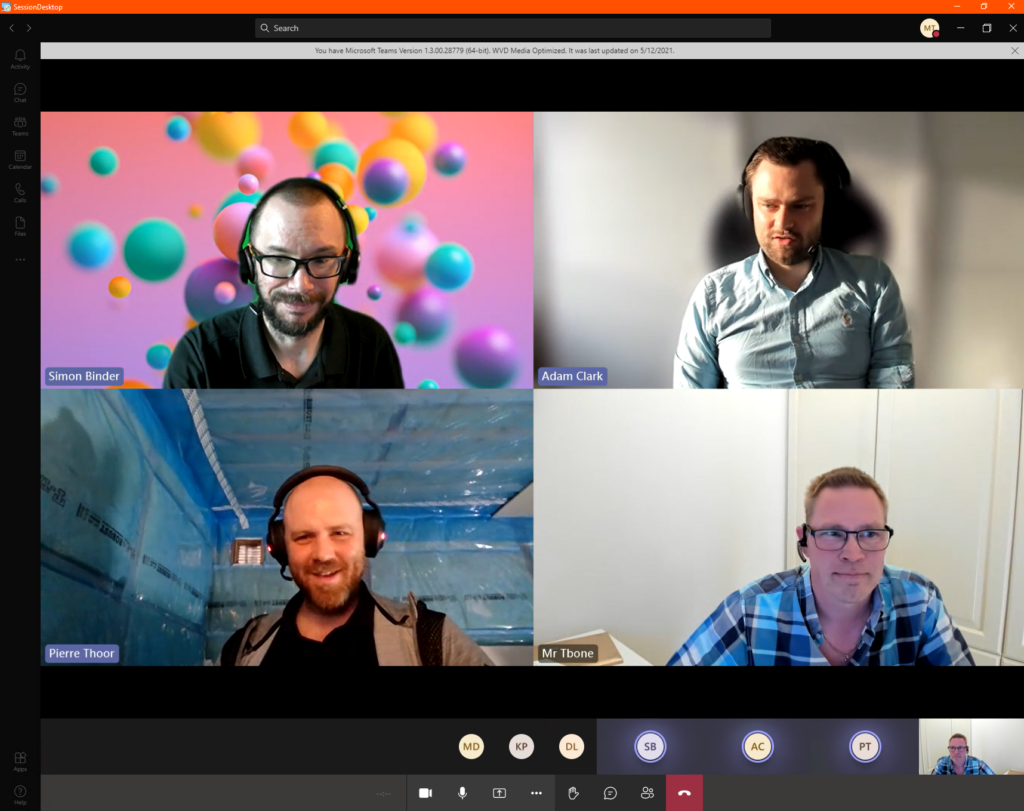
The bugs with black cameras was gone and I can see all participants cameras. Really great performance and user experience.
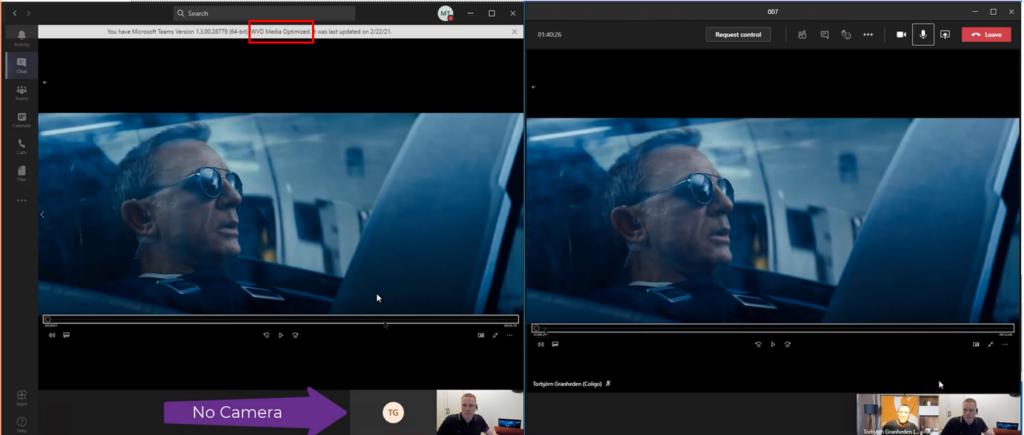
WVD with GPU
In my test environment, I had two different sizes of machines. Two D4s_V4 from D series for general purpose and two NV4as_v4 from NV series with GPU accelerated compute. The NV series is one of my favourites, so good experience on WVD. Se my previous tests in Windows Virtual Desktop with GPU -Real World Performance. The results on the NV series when it comes to Teams on WVD is the same. It performs great and give the user a much better experience when using media (like you do in Teams).
Conclusion
Microsoft Teams Media Optimization now works! I still recommend a GPU powered WVD´s. This will boost user experience and bring better graphics media. So great work Microsoft, you have fixed it!

